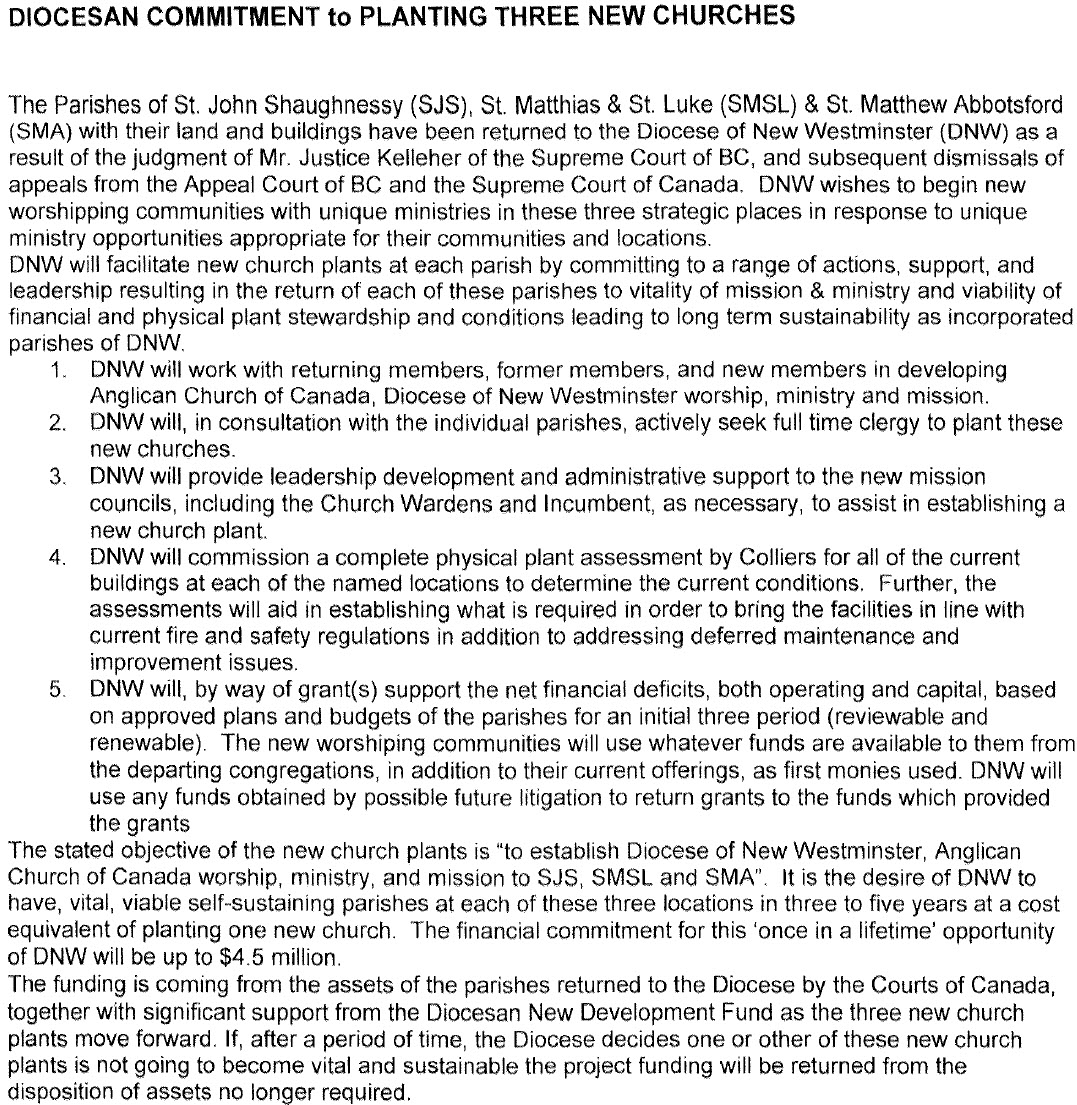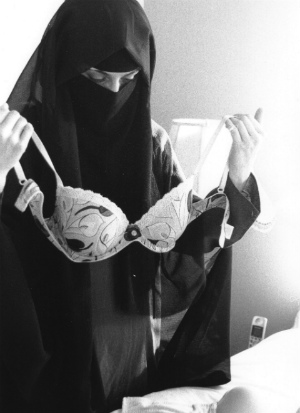According to the Anglican Journal, we haven’t been doing enough to look after the insect population – or, as I expect it will soon be called, the Insect Community.
Since there 900,000 varieties of insect representing 80 percent of the world’s species and around 10,000,000,000,000,000,000 individual insects currently roaming the planet, it seems to me that they are managing quite well without our help.
In fact, there are too many insects by far; insectophobia be damned, it’s time stock up on Raid and indulge in a little insect cleansing.
The Anglican Communion’s fifth mark of mission urges us to safeguard the integrity of creation and sustain and renew the life of the earth and all its forms. This is an issue that greatly concerns Dr. Stephen Scharper, an associate professor in the University of Toronto’s Centre for the Environment, department of the study of religion and department of anthropology.
In his promotion of planetary stewardship, the Connecticut-born expert in ecological theology often goes back to U.S. marine biologist Rachel Carson and her landmark 1962 book, Silent Spring. “This was a turning point in the environmental movement,” he says. Carson challenged the modern world’s domineering approach to nature and humankind’s need to control everything in it, especially insects, with increasingly potent chemicals.
‘This was a question of worldview as much as a question of science and data,” says Scharper. “What Carson helped people see was that this world view was at odds with the growing ecological understanding of integration and webs of relationships…” In other words, we must respect even with the creepers and crawlers of the earth.
[…]
Scharper, however, sees Carson’s wakeup call as an invitation to the Christian imagination and community to embrace this worldview of integration with creation and a refusal to adopt a view of control and capitalistic exploitation. “The invitation is to reflect on a larger Christian worldview that embraces creation in a radical relationship,” he says.


 From
From 





 From
From 
